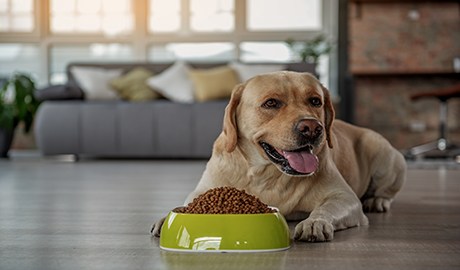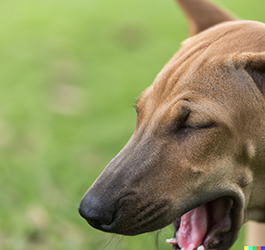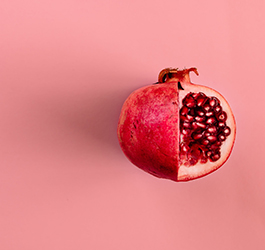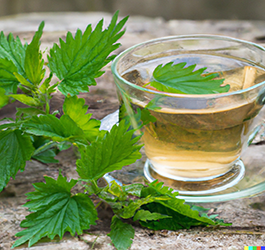Help Available to Lessen Impact of Leg Ulcers Using Natural Remedies
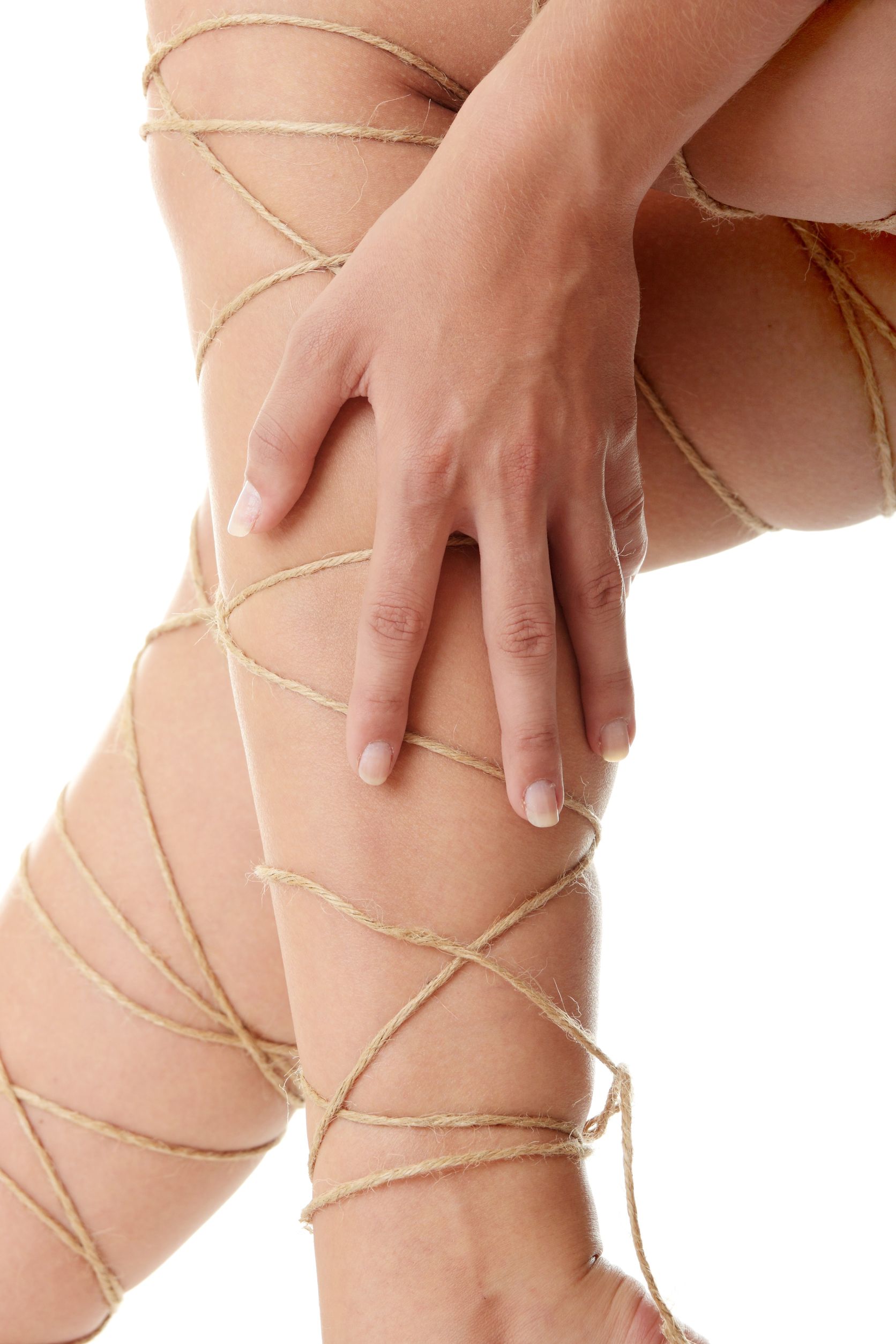
Leg ulcers
Leg ulcers are open sores that develop on deteriorated areas of the skin. They refer to full-thickness skin loss on the leg or foot due to causes such as poor circulation, bacterial infection, or varicose veins. Ulcers may be provoked by pressure or injury on the calf or the foot.
Leg ulcers may be acute or chronic. Acute ulcers are defined as those that the injuries follow the normal phases of healing in 2-3 weeks. Chronic ulcers are those that the injuries, due to an underlying problem, do not heal, and the affected area increases in size. They need more than 3 weeks to heal.
Leg ulcers are more common in women and in the elderly.
Causes
- Venous stasis.
- Poor circulation.
- Diabetes.
Types
- Venous ulcers (chronic venous insufficiency): leg veins don’t function as they should. That is, the one-way valves of veins, which are responsible that the blood goes up the leg and never back down, are damaged. The blood flows back down the legs and increases the pressure in the veins. That has results in causing fibrin deposits around the capillaries. This dysfunction causes swelling, death of tissue cells and leads to the formation of ulcers. They onset in the lower part of the leg and the foot.
People with varicose veins, swelling legs, high blood pressure, obesity, injuries, or people who stay standing or sitting for a long time are most prone to form venous ulcers.
- Arterial ulcers: The arteries of the legs which are responsible to convey oxygenated blood down to the foot are blocked or narrowed. Usually, this happens due to arteriosclerosis. The oxygen and nutrients are deficient in the legs and damage the tissue making the skin vulnerable to injuries. They are usually found on the feet, toes, or heels.
People with high cholesterol, rheumatoid arthritis, circulation problems, heart disease, high blood pressure or obesity, or smokers are most prone to form arterial ulcers.
- Diabetic ulcers: They can be the result of a combination between an arterial blockage and nerve damage. Diabetic ulcers usually occur around the feet.
Smokers and people with diabetes are most prone to form diabetes ulcers.
Symptoms
- Venous ulcers
- Swollen leg.
- Association with lipodermatosclerosis (the lower part of the leg is hardened).
- Lesions are located below the knee.
- The surrounding skin may have a mottled brown-black or reddish discoloration dry and itchy.
- There is pain and/or infection.
- Arterial ulcers
- There is a strong pain especially in bed at night.
- The foot is cold and has a red-purple or white color.
- During walking there is cramps-like pain.
- Diabetic ulcers
The symptoms are similar to arterial ulcers.
Recommendations
- Check your feet and legs regularly in order to prevent leg ulcers. Look for cracks, sores, or changes in color.
- Moisturize your feet and legs after bathing.
- Eat a diet rich in raw foods with lightly steamed vegetables for a month.
- Stop smoking.
- Take supplements rich in coenzyme Q10.
- Eat garlic and onion.
- Take vitamins A, B-complex, C E, and K.
- Take supplements of zinc and iron.
- Eat dark green leafy vegetables which are rich in vitamin K.
- Keep the ulcer clean to prevent infection.
- If it is necessary to wear surgical stockings, wear them indefinitely. You must replace them when they lose the degree of compression pressure that they are made to exert.
- Avoid tight clothes and use comfortable shoes.
- Walk and exercise for at least an hour a day to keep the calf muscle pump working properly.
- Lose weight if you are overweight.
- Avoid sitting with your legs crossed.
- Put your feet up on a padded stool to reduce swelling (in case of venous ulcers).
- Do not wait over a month until you consult a doctor.
- In some patients, the ulcers fail to heal by themselves and require surgery.
Beneficial Herbs
Herb |
Form |
Benefits |
|
Alfalfa |
Capsules, tablets |
Helps in blood clotting and cleaning |
|
Comfrey |
Tea, compress |
Analgesic |
|
Echinacea |
Capsules |
Improves immune function |
|
Goldenseal |
Capsules, tea |
Antibiotic |
|
Grape seed |
Extract |
Antioxidant. Acts against free radicals. |
|
Red clover |
Capsules, tea |
Promotes healing |

 de
de el
el
